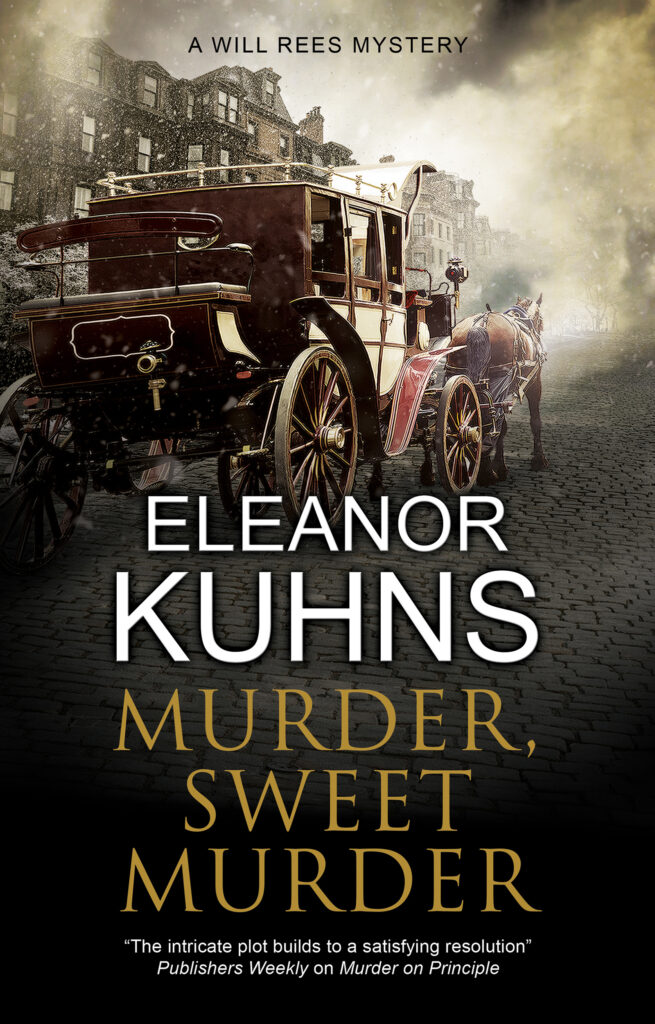My weaver/detective Will Rees frequently refers to Philip, his Native American friend who has taught him to look for tracks and identify some of them. So Rees can tell the difference between boots and shoes, and usually the gender of the wearer. He examines cart wheel tracks and hoof prints and can identify the horse if one of the horseshoes is damaged. He can see if a victim’s blood is drying or has petechial hemorrhaging in the eyes. Other than that, unless there is an obvious rope burn or bruises around the neck or stab wounds, he has very little to help solve the case. The discovery of DNA is almost 300 years in the future.
In 1800 and before, forensics was not in its infancy, it was nonexistent.
Take fingerprints, a staple of crime fiction for the last 200 years. In 1822, Johannes Purkinje, establishes the nine basic patterns of fingerprints and creates a classification system. It wasn’t until 1880 that Henry Faulds wrote that fingerprints could be used for identification and also suggested that powder could expose latent fingerprints.
AFIS (Automated Fingerprint Identification System) so beloved of the crime shows on TV did not come about until the 1960s. By then, most stories featured smart criminals who wore gloves or used other methods to hide their prints.
What about blood and bloodstains? Blood grouping was not discovered until 1901. Since then, grouping has been refined so that blood can by typed very accurately. In 1800, a detective could not be 100% sure a dark brown stain was blood – it could be coffee or chocolate. Flourescein, the first of the chemicals that reacts with blood, was not used since the early 1900’s. It reacts with the hemoglobin and glows under UV light. Luminol does the same thing but a clever murderer can destroy it with bleach.
Also, without the presence of a human body, the blood could not be identified as human. It could be animal blood. Not chemical tests can quickly identify the blood as human or animal, right down to the species.
Blood spatter and drip patterns, however, was mentioned in writing in 1514 so this is something Rees COULD notice. Of course, it might or might not be helpful.
So, how does Will Rees or any other early detective solve murders without the tools we take for granted? Ratiocination or the ‘little gray cells’. One of the things I love about writing historical mysteries is the slow unraveling of the puzzle, step by careful step, until the final conclusion is reached.


